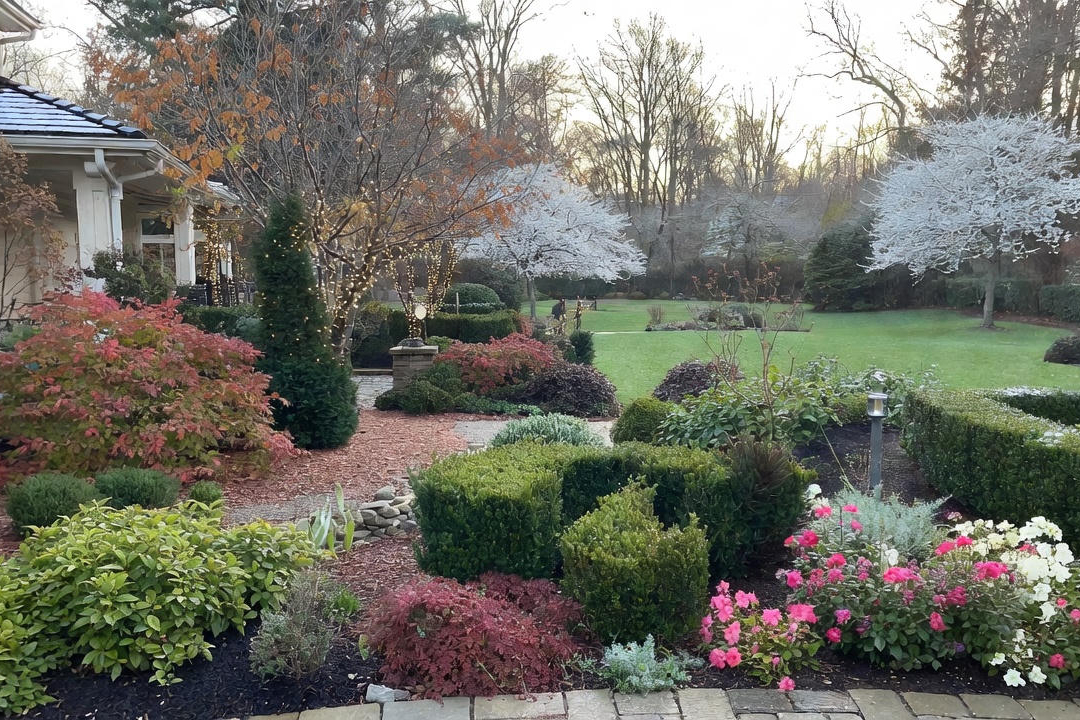
Wisteria (Wisteria sp.) is known for its extremely fragrant flowers that hang in heavy, grape-like clusters below the vines' heavy, woody stems that reach 20 to 30 feet tall. It is a vine that thrives on neglect and is quite drought tolerant, but needs extensive support because of its weighty clockwise-twining arms. Many wisterias have a mesmerizing fragrance that is well-loved by hummingbirds, which will swarm the vine in groups when the vine is blooming. Chinese wisteria (wisteria sinensis) and Japanese wisteria (wisteria floribunda) can be quite invasive and damaging to buildings and trees with their destructive nature; they are not the best choice and can have a higher level of maintenance. American wisteria (wisteria frutescens) and Kentucky wisteria (wisteria macrostachya) are two varieties that are both native, grow within reasonable bounds, but still produce beautiful blooms every spring. Flowers come in purple, pink and white.

When, Where, and How to Plant
Plant the wisteria vine in a well-thought-out site in the landscape. It needs a very strong support made of sturdy wire, metal, or stone. It is recommended that the support be able to easily hold the weight of a full-grown man; this is good advice as wisteria can be so heavy that wires drilled into walls that are not secured well can easily be ripped out. Wisteria is a poisonous plant, particularly the seed pods, so take this into consideration when planting. Keep the wisteria away from play areas of pets and children.
Wisteria seems to thrive on neglect and does better when planted in average soil with full sun. Wisterias like consistent water and can be planted in moist soil. Dig a hole that is as deep as the container it came in, then place the plant in holes, mulching well. Wisterias look particularly outstanding on pergolas, terrace walls, and large arbors. It is best grown away from homes that have loose siding; tendrils from wisteria invade beneath the siding and rip it off.

Growing Tips
Wisterias often take a long time to flower, sometimes 3 to 5 years. Some vines in shadier conditions will never flower. Heavy pruning seems to help bring on the flowers more readily. Do not fertilize the wisteria as it will not flower if overly fertile. Wisteria also suckers at the root level; hack the suckers back with a spade or small axe twice a year.
Download iScape now and build smart landscape designs. So simple, so easy. iScape it!




ds.jpg)
.jpg)
